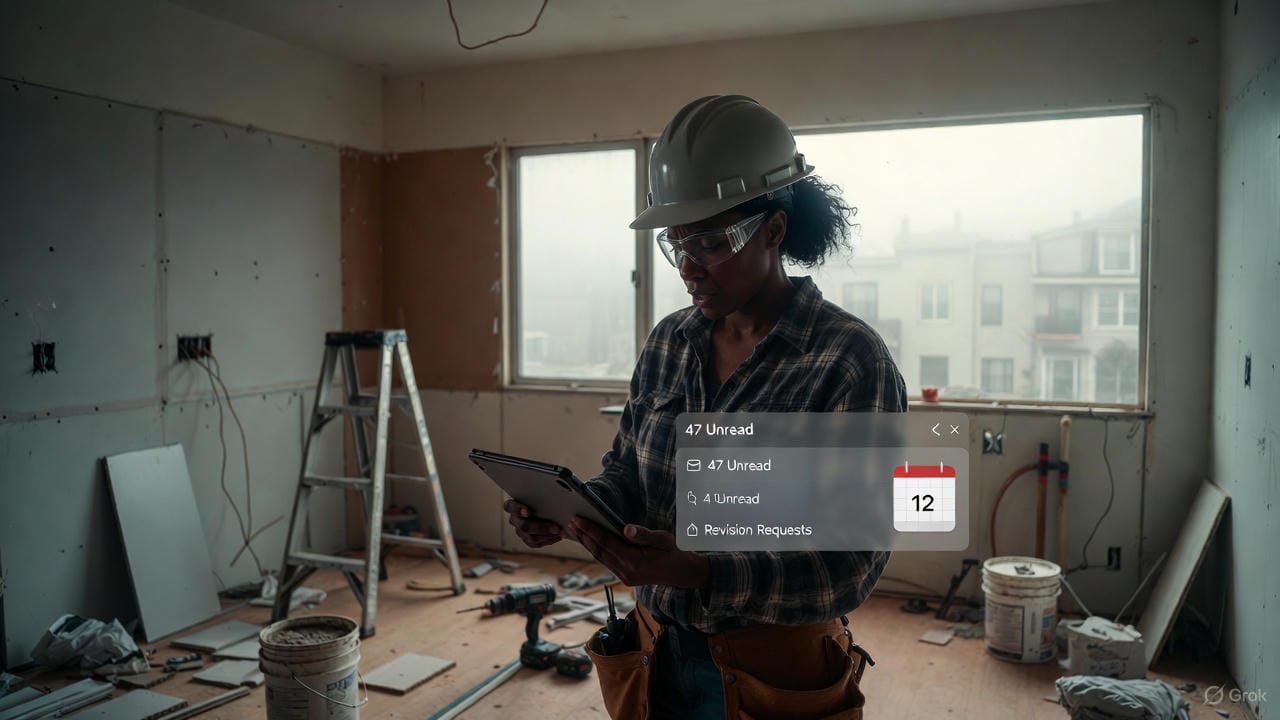In the digital age, having a well-structured website is crucial for maintaining visibility and competitiveness. For service-based businesses, website architecture and Google indexing are key components that can significantly impact search rankings and user engagement. I want to help you explore some of the intricacies of website architecture, common indexing pitfalls, and provide you with actionable insights to enhance your online presence.
Understanding Website Architecture and Google Indexing
Website architecture refers to the organization and structure of a website’s content. It plays a vital role in ensuring that search engines can efficiently crawl and index your site. Google indexing is the process by which Google stores and retrieves web pages for search results. A well-architected website facilitates better indexing, leading to improved search rankings.
The Role of Website Architecture in SEO
A logical site structure and intuitive navigation are essential for both users and search engines. Effective internal linking and a coherent URL structure enhance crawlability and user experience. For instance, when I redesigned my personal website, I focused on creating a clear navigation panel that significantly improved user interaction and search engine performance.

Common Google Indexing Pitfalls
Technical issues such as duplicate content, slow loading speeds, and improper redirects can hinder indexing. During one of my website redesigns, I faced challenges with 404 errors and inadequate redirects. By utilizing Google Search Console to identify problematic URLs and implementing appropriate redirects, I was able to resolve these issues and improve my site’s visibility.
Addressing Pain Points and Achieving Goals
For many service-based businesses, the journey to optimizing website architecture and resolving Google indexing issues comes with challenges baked in. One of the most common pain points is dealing with inadequate site structuring, which can lead to poor search engine visibility. In my experience, I faced significant hurdles with 404 errors and different types of redirects. Initially, my website’s architecture was not conducive to effective indexing, resulting in my pages ranking beyond the top 70 on Google for my target keywords.
To address these issues, I focused on understanding the importance of proper redirects and site architecture. By leveraging SEO plugins on my WordPress site, I implemented 301 and 302 redirects where necessary, ensuring that all outdated URLs were appropriately redirected to relevant pages. This process was instrumental in regaining visibility, as my website’s ranking improved by 30 positions for my target keywords, placing it between 20 and 40. This milestone was particularly significant for my web design agency in California, where competition is fierce.
For businesses looking to achieve similar goals, conducting regular SEO audits and utilizing tools like Google Search Console can help identify and resolve indexing issues. It’s crucial to focus on creating a logical site structure that enhances both user experience and search engine crawlability. By addressing these pain points, businesses can achieve their goals of increased visibility and customer engagement.

Expert Perspectives
Experts like Rand Fishkin emphasize the importance of balancing technical SEO with high-quality content. His book, “The Art of SEO,” has been instrumental in shaping my approach to web design and architecture. On the other hand, Barry Adams highlights the need to prioritize content quality alongside technical aspects.
Emerging Trends and Innovations
The landscape of website architecture and SEO is continuously evolving, with emerging trends and innovations shaping the way businesses approach these challenges. One of the most exciting developments is the integration of AI-driven tools for automating SEO processes. In my work, I’ve been experimenting with AI solutions that automate tasks such as generating meta tags, schema markup, and alt text for images. These tools analyze page content and images to provide optimized descriptions and tags, ensuring that best SEO practices are consistently applied.
For service-based businesses, these AI innovations offer a way to streamline SEO efforts while maintaining a human touch. By automating repetitive tasks, businesses can focus on strategic initiatives that drive growth. For instance, I’ve integrated AI live agents with WordPress, allowing for real-time updates on best practices and a balance between automation and user input. This approach not only enhances efficiency but also ensures that the website architecture remains aligned with the latest SEO trends.
As AI continues to influence website architecture and indexing strategies, businesses should stay informed about these innovations and consider how they can be integrated into their processes. The ability to adapt to these changes can provide a competitive edge in the digital marketplace.

Competitor Analysis and Unique Positioning
Analyzing competitors’ website architecture and SEO strategies is a critical step in identifying opportunities for improvement and differentiation. Before embarking on a redesign project, I always examine the top five ranking websites in the client’s industry. This analysis involves looking for patterns in navigation, layout, and content structure that contribute to their success.
For example, when working on a project for a client in the service industry, I noticed that competitors with clear, user-friendly navigation and well-structured service pages tended to rank higher. By incorporating similar elements into the client’s website, we were able to enhance user experience and improve search rankings. Additionally, I pay close attention to the hero header and contact pages, as these are often key areas where users interact with the site.
Competitor analysis not only helps identify best practices but also reveals gaps that can be exploited for competitive advantage. By understanding what works for others and tailoring those insights to fit the unique needs of the business, service-based companies can create a website architecture that stands out and effectively supports their SEO goals. These expanded sections provide a deeper dive into the practical steps and innovations involved in optimizing website architecture and addressing Google indexing pitfalls, enriched with personal experiences and insights.
Connecting to Brand Messaging
Aligning website architecture with brand values and messaging is crucial for maintaining a consistent online presence. Our focus on user-centric design and transparency in SEO practices reflects our commitment to providing value and integrity.
What challenges have you faced, and how did you overcome them? Feel free to reach out via email or DM to continue the conversation and share your experiences.
A well-structured website is essential for effective Google indexing, impacting search rankings and user engagement. By addressing common pitfalls and leveraging expert insights, businesses can enhance their online presence and achieve their goals. For further exploration, consider diving into related topics such as Local SEO for business.




